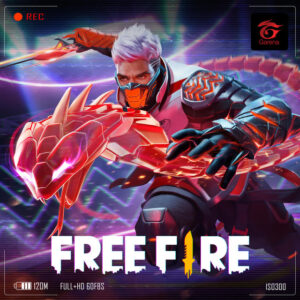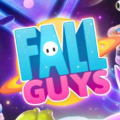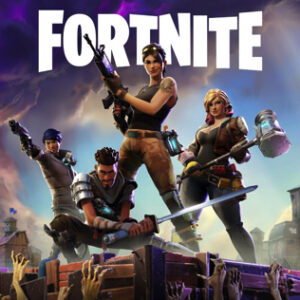The Age of the Artisan: Bladesong Redefines the RPG Inventory
Popular Now
 Among Us
Among Us
 Minecraft
Minecraft
 Toca Boca World
Toca Boca World
 Gacha Club
Gacha Club
 Warframe
Warframe
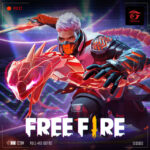 Free Fire
Free Fire
 FIFA 23
FIFA 23
 Genshin Impact
Genshin Impact
 CarX Street
CarX Street
 Candy Crush Saga
Candy Crush Saga
 In the vast landscape of Role-Playing Games (RPGs), the sword has always been the quintessential symbol of heroism, power, or villainy. Yet, the process of its creation has often been relegated to a simple click-and-wait crafting screen. Enter Bladesong, the ambitious new blacksmith RPG that thrusts the player into the role of the master artisan, the “chief swordwhisperer” of Eren Keep, humanity’s last stronghold. This title shifts the focus entirely, turning the act of forging a weapon into a deep, custom-driven mechanical and narrative experience.
In the vast landscape of Role-Playing Games (RPGs), the sword has always been the quintessential symbol of heroism, power, or villainy. Yet, the process of its creation has often been relegated to a simple click-and-wait crafting screen. Enter Bladesong, the ambitious new blacksmith RPG that thrusts the player into the role of the master artisan, the “chief swordwhisperer” of Eren Keep, humanity’s last stronghold. This title shifts the focus entirely, turning the act of forging a weapon into a deep, custom-driven mechanical and narrative experience.
What sets Bladesong apart, and why has it captured the imagination of the PC gaming community, is the sheer, unprecedented level of detail in its sword customization suite. This is not just choosing a hilt and a blade; this is a freeform blade shaping system, a digital-age smithy that allows for the creation of weapons limited only by the player’s imagination, and perhaps, the basic laws of simulated physics.
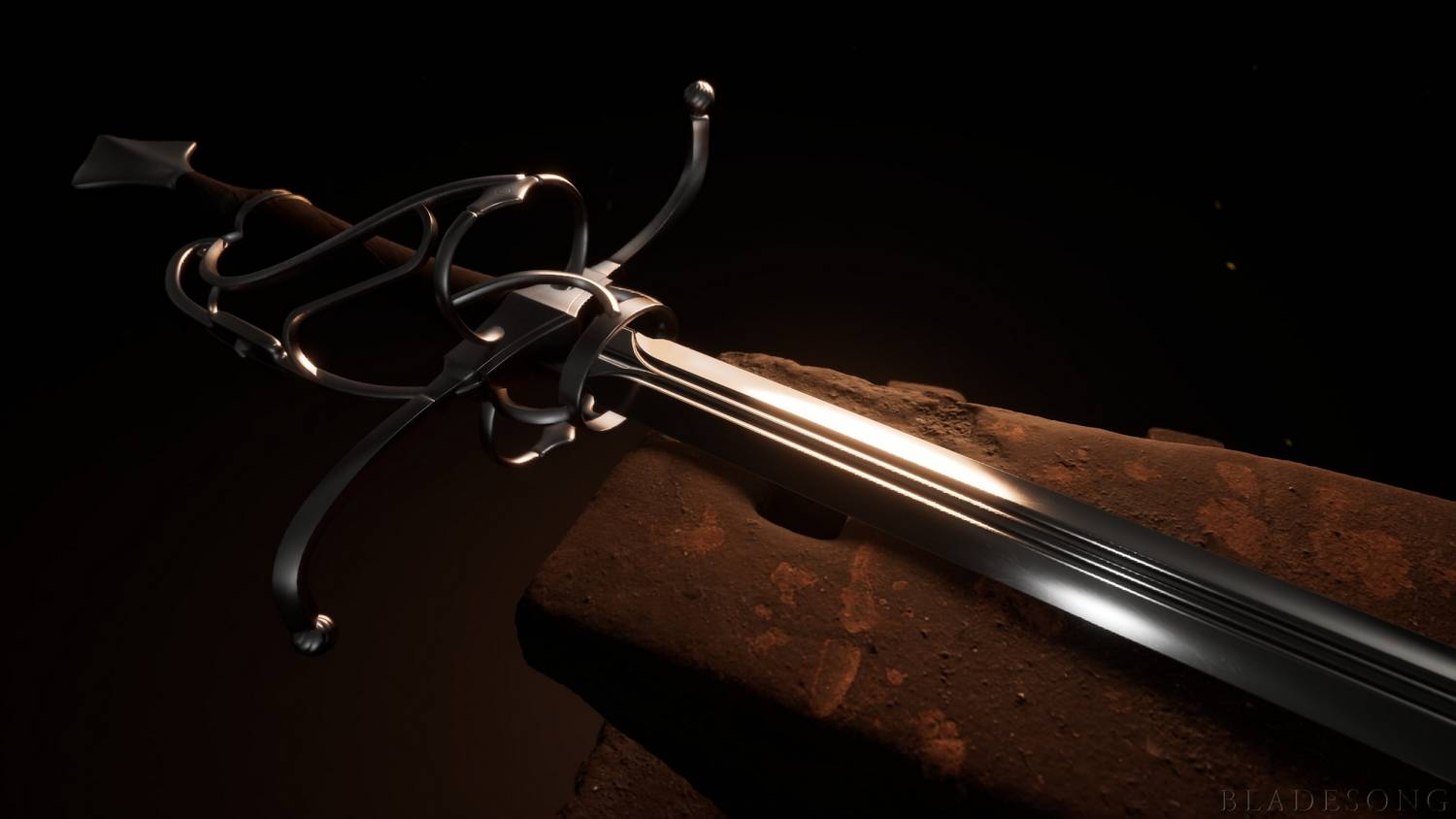 From ‘Trowel’ to ‘Tantus Tsunami’: The Madness of the Forge
From ‘Trowel’ to ‘Tantus Tsunami’: The Madness of the Forge
The true genius of Bladesong is revealed not in the perfectly balanced, historically accurate longswords, but in the monstrous, meme-worthy, and often outright bizarre creations emerging from its early playtests. The community has quickly taken the powerful design tools and wielded them to produce instruments of war that stretch the very definition of a “sword.”
Examples of Extreme Player Creations:
- The “Tantus Tsunami”: An example of player-created absurdity, mentioned in developer circles, which possesses a high Impact and Stiffness rating despite its questionable aesthetics, highlighting the blend of serious mechanics and user levity.
- The Trowel-Sword: A deliberately ridiculous creation, turning a common gardening tool into a functional, if deeply strange, weapon.
- The ’90s Graphics Card’ Blade: A sword that, thanks to the vast options for adornments, colors, and pommels, resembles a retro-futuristic piece of technology rather than a medieval fantasy weapon.
- The Obsidian Gold Abomination: Swords crafted purely for stylistic excess, such as blades with large, solid gold pommels and cross-guards of fragile obsidian, pushing the boundaries of practicality for the sake of visual drama—a prime example of engaging content for YouTube and Twitch streaming.
These creations underscore the core value proposition of Bladesong: freedom. The game offers a vast library of parts, materials—including metal, wood, obsidian, and ivory—and engravings, making no two forged items the same. This level of detailed customization is a major draw for players invested in crafting systems and creative sandbox gaming.
More Than a Simulator: The RPG Heart of Bladesong
While the freeform design is the obvious headline, Bladesong is ultimately a blacksmith RPG, tying its core mechanics to a compelling narrative. As the swordsmith, players fulfill customer commissions—from juvenile “Chosen Ones” seeking a simple training blade to city guards requiring a hefty, short sword for alley combat. These commissions introduce constraints, forcing the player to balance the sword’s damage, parry ratings, and other physical properties based on real-world physics, adding a layer of sophisticated simulation to the fantasy backdrop.
The economic and political reality of Eren Keep depends on the forge. The smith’s influence grows as they serve different factions—the scavenging Crows, the scholarly Magisterium, or the fearful nobles. Your work is intertwined with the destiny of the last haven. Can you indirectly assassinate someone you despise by intentionally crafting them a dangerously poor-quality blade? The narrative teases such dark choices, raising the stakes on every order.
Key Mechanics Driving Engagement and Profitability:
- Precision Engineering: Balancing damage and parry ratings using real-world-inspired physics models.
- Material and Artistry: Acquiring rare materials and mastering techniques like blade curvature and engraving, which directly affect the final weapon’s performance and market price.
- Creative Mode & Community: A separate mode allows for pure artistic expression, with “Magic Words” to easily share creations, fostering a vibrant and highly engaged online community—a key metric for a modern service-based game.
Investment and Future Outlook
The high level of investment in the detailed customizer suggests that Bladesong is targeting a niche yet highly engaged audience willing to spend hours perfecting their creations. The developer’s focus on an intricate story mode, complete with an exploration layer, hiring unique companions, and advancing a skill-based progression system, ensures the game is more than just a glorified CAD program.
As the title moves toward its full 2025 release, the convergence of deep, creative customization and dark-fantasy RPG progression positions Bladesong as a potential leader in the new wave of indie gaming that prioritizes simulation and creative agency. For the dedicated enthusiast of blacksmithing games and the fantasy genre, Bladesong promises to be an essential purchase, proving that sometimes, the most profitable and fun elements of an RPG are found not in wielding the sword, but in shaping it from the raw steel.
